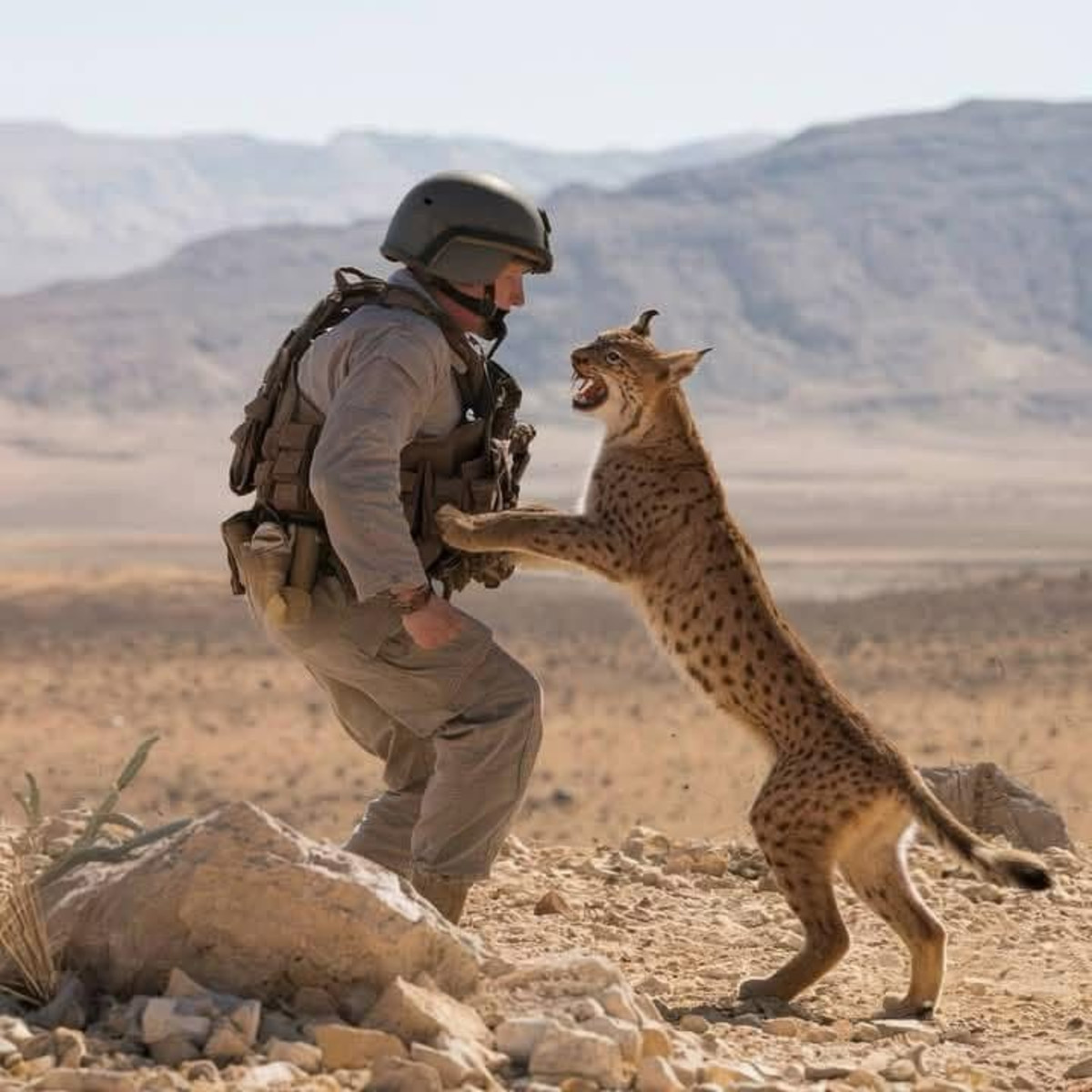Remember, a karkel female was caught after a number of soldiers bite the Mount of Egyptian border. The cracker was caught by the Nature and Parks Authority inspector and was transferred to a wildlife hospital in the safari for examination. The surprising event soon became a viral story on social networks in the Arab world. Millions of surfers shared the Karkal photos and videos, calling it “the quiet opponent” and “hero who crossed borders.”
Famous Egyptian artists joined the celebration and uploaded their edited pictures alongside the Karkal through artificial intelligence. Singer and actor Muhammad Dieab published a picture of him alongside the Cark with the caption “120 million Carlla”, at alluding to the number of Egyptians. Actor Ahmed Eid who returned a scene from one of his films when replacing the dog in Karkal, while actor Amaro Abd al-Gylil chose to publish “selfie” with the animal accompanied by humorous imagery.
The hashtags like the #Carkel_ Egyptian_C. The conquest flooded social networks, with comments such as “The Karkal taught us that resistance is possible even in bite!” The incident also sparked a discussion about the importance of defense of Egyptian wildlife, when network players wrote: “If the Karkl was a Palestinian tiger, the whole world would have defended it!”
The Karkal is a car predator, with unique features that differentiate it from the other big cats. This is a medium-sized cat, with the male weight ranging from 13 to 18 kg and lighter females and weighing about 11 kg. Its length is about 65 cm, the length of its tail 20-30 cm, and its height in shoulders 40-45 cm. It excels in its impressive speed, which reaches up to 80 km / h, and its thickened reddish fur. His black ears are decorated with long hair tits, which are used to accurately detect prey.
The Karkal is endangered due to intense hunting due to his dear fur and destruction of his natural habitats. Its presence in the Sinai area is extremely rare, making the event even more surprising. The Barkal took a place of honor in ancient Egyptian culture, with the pharaohs perpetuating it with murals in temples and graves as a symbol of power and protection. In later periods, Muslim rulers in India and China areas used it for a royal hunt and even traded it as a prestigious gift for improving foreign ties.
Beyond the political and media aspect, the cracker has an important ecological role in maintaining nature balancing by controlling rodent populations, which helps reduce disease spread. Wildlife experts consider his presence for ecosystem health.
